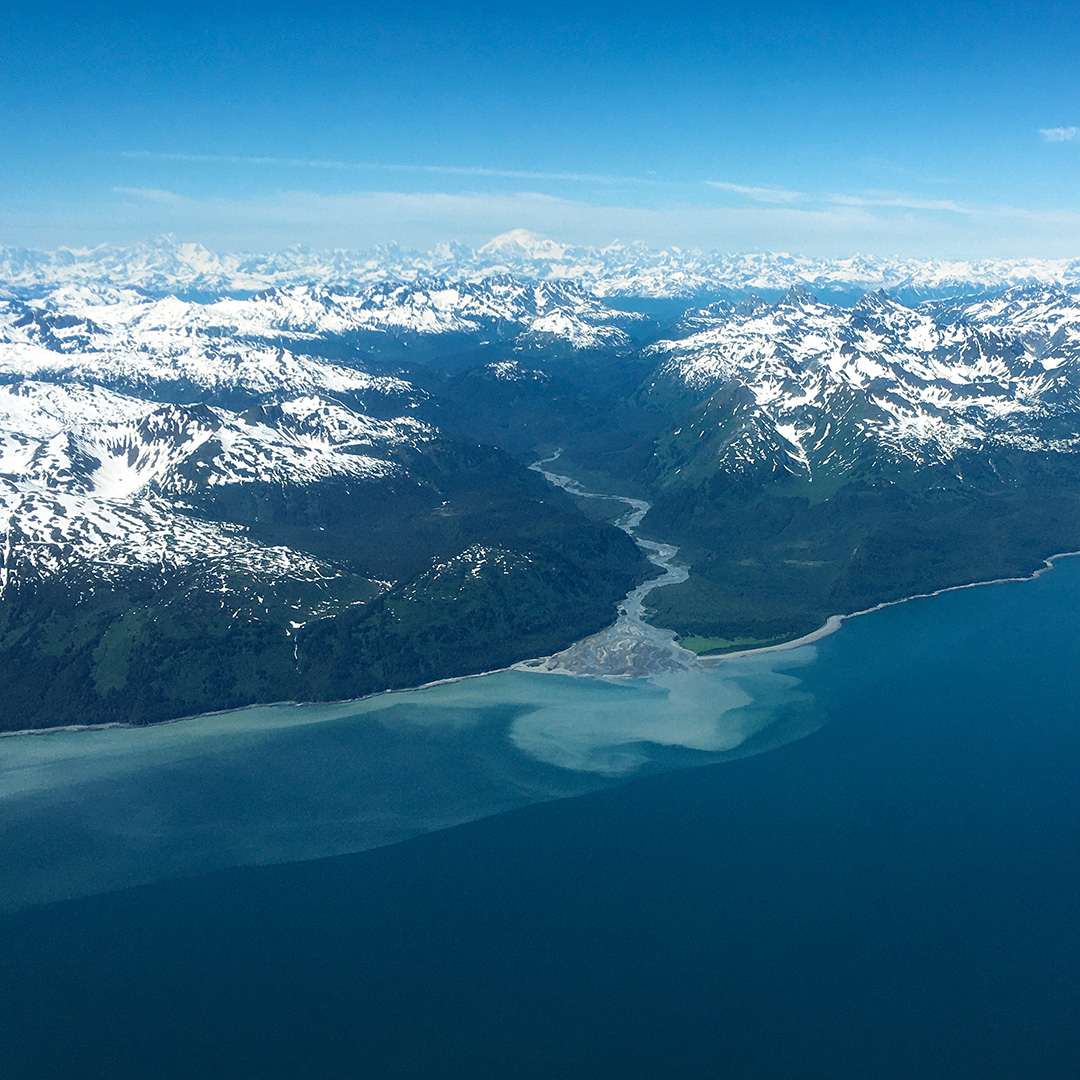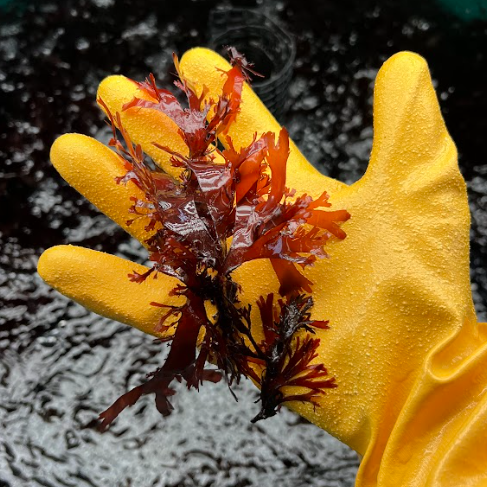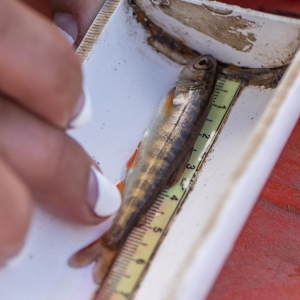Community-driven research on marine harvested and farmed species
Interface of Change is the sixth phase of Alaska NSF EPSCoR. A $20-million award from the National Science Foundation funds this statewide, five-year project to build capacity for co-developed, use-inspired research across the Gulf of Alaska.

Resilience in the Gulf of Alaska
Interface of Change centers partnerships between researchers, Gulf of Alaska community members, Tribes, educators, and entrepreneurs. Through these connections, project participants work collaboratively to investigate the resilience of marine species that are critical to the subsistence way of life as well as developments in the mariculture economy in the Gulf of Alaska.
Partnering with Gulf of Alaska coastal communities
Interface of Change brings together researchers from the University of Alaska Anchorage, University of Alaska Fairbanks, and the University of Alaska Southeast in partnership with Gulf of Alaska community members from Seldovia, Homer, Cordova, Valdez, Juneau, Haines, and Klukwan.
We're looking for people who hold an interest in coastal ecologies, food security, and developing economies in this region to get involved in the Interface of Change project. We offer opportunities to provide feedback on our work, funding, and we invite collaboration. We welcome you to reach out if you are interested in partnering with us.
Research Areas
Building STEM Capacity for Alaskans







